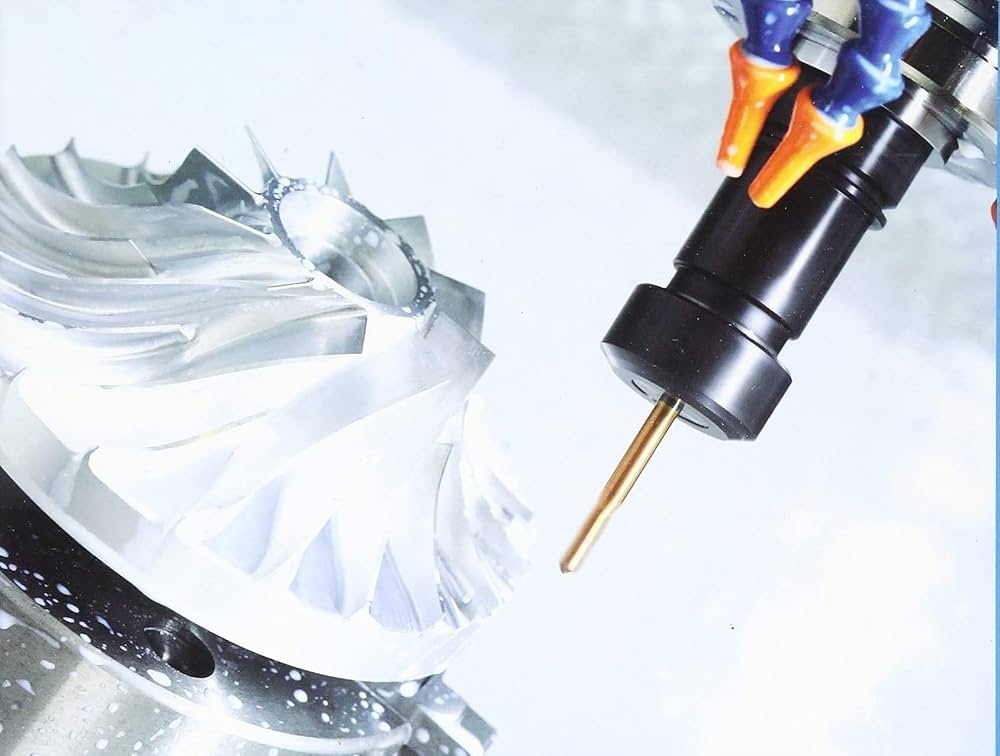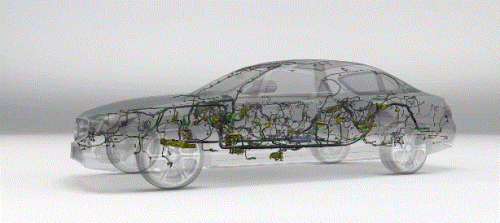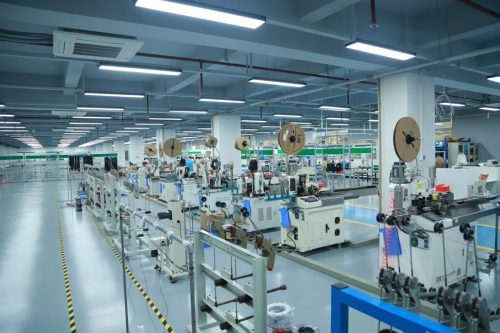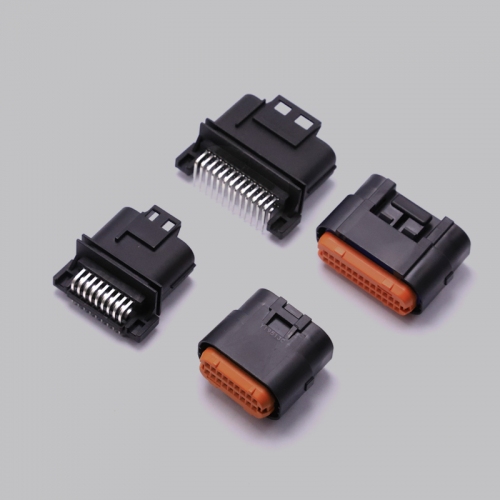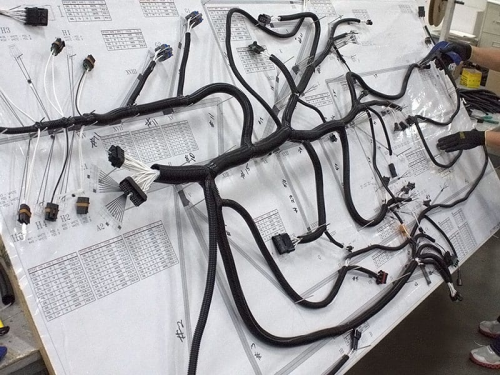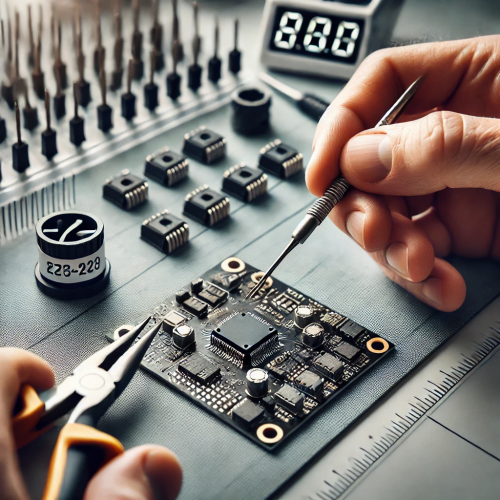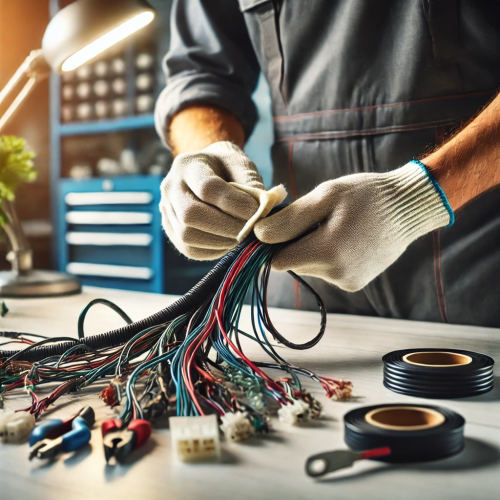In the modern electronics industry, connectors play a crucial role in ensuring seamless communication between different components within a system. An electronic connector is a fundamental part of any electronic device, linking circuits and allowing them to work together. The process of creating high-quality, reliable connectors involves intricate design, precision machining, and advanced manufacturing techniques. In this article, we will provide an in-depth analysis of the precision machining technology used in the production of electronic connectors, exploring the entire process from design to manufacturing, and highlighting the importance of quality control and customization.
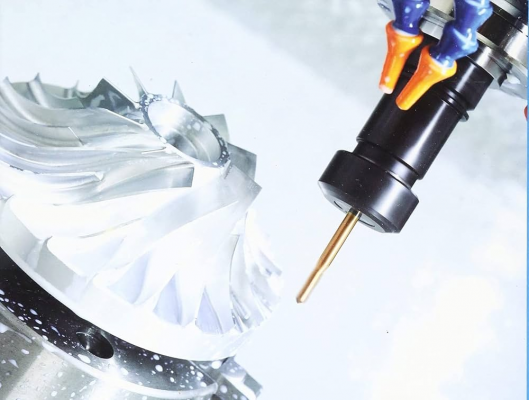
Step 1: Design and Engineering of Electronic Connectors
The first step in producing high-quality electronic connectors is the design phase. This phase involves detailed engineering and planning to ensure that the connectors will meet specific functionality and performance requirements.
1. Design Specifications
The design process begins with understanding the connector’s application and its intended environment. The electrical characteristics (voltage, current, resistance), the mechanical design (shape, size, and configuration), and the environmental factors (temperature range, humidity, chemical exposure) are all considered. For custom connectors, designers often work closely with clients to create unique specifications that fit the specific needs of their applications.
2. CAD Modeling
Computer-Aided Design (CAD) software is used to create precise 3D models of the connectors. These models allow engineers to visualize the connector’s structure, assess its fit, and test for potential issues before the physical production begins. CAD models also enable simulations of electrical and mechanical behaviors, helping to optimize the design for performance and durability.
3. Material Selection
Choosing the right material is a critical step in the design process. For electronic connectors, the material must be both electrically conductive and resistant to environmental factors like corrosion or wear. Common materials used for connectors include copper, brass, and various alloys, with specific coatings like gold or nickel used to enhance conductivity and protect against oxidation.
Step 2: Precision Machining of Connector Components
Once the design and material selection have been finalized, the precision machining process begins. Precision machining involves highly accurate manufacturing techniques to create the intricate components that make up the electronic connector.
1. CNC Machining
Computer Numerical Control (CNC) machining is a widely used technology in the production of electronic connectors. This automated process allows for precise cutting, drilling, and milling of connector components from a block of material. CNC machines can work with a variety of materials and produce highly accurate parts with tight tolerances, ensuring that each component meets the design specifications.
2. Wire EDM (Electrical Discharge Machining)
Wire EDM is used to create intricate shapes and fine details on connector components that require high precision. This process uses a thin wire electrode to cut through metal with electrical discharges, leaving smooth, accurate edges. Wire EDM is especially useful for making small parts or components with complex geometries that cannot be achieved with conventional machining methods.
3. Injection Molding
Many electronic connectors include plastic components, such as housings or insulation parts. Injection molding is used to create these plastic components by injecting molten plastic into a mold under high pressure. This process is highly efficient and allows for the production of parts with consistent dimensions, ideal for large-volume manufacturing.
4. Stamping and Die-Cutting
Stamping and die-cutting are used to create metal components for electronic connectors, such as pins, contacts, and terminals. The metal sheets are fed into a die, which punches or cuts out the desired shape. This method is cost-effective for high-volume production and is highly accurate, ensuring that each connector part fits perfectly.
5. Assembly
Once the individual components are produced, they are assembled into the final electronic connector. This step may involve inserting terminals into housings, attaching seals, or joining multiple parts together. Automated assembly lines or manual assembly processes are used, depending on the complexity and volume of production.
Step 3: Testing and Quality Control
After the connectors are assembled, rigorous testing is conducted to ensure that they meet the required performance and quality standards. Quality control is a critical part of the process, as even the smallest defect can lead to malfunctioning connectors. Here are some of the testing methods used:
1. Electrical Testing
Electrical testing is conducted to ensure that the electronic connector provides a reliable and secure connection. This may include testing for continuity, resistance, and voltage drop, ensuring that the connector can handle the specified electrical load without issues.
2. Mechanical Testing
Mechanical testing ensures that the electronic connectors can withstand physical stress, such as vibration, tension, and compression. This is especially important for connectors used in automotive or industrial applications, where connectors are subjected to harsh environmental conditions.
3. Environmental Testing
Connectors are often exposed to extreme temperatures, humidity, and chemicals. Environmental testing simulates these conditions to ensure that the connectors will perform reliably over time, without degradation or failure. Some tests include thermal cycling, salt spray, and corrosion resistance.
4. Visual Inspection
A final visual inspection is conducted to identify any cosmetic defects or imperfections in the connectors. This includes checking for proper alignment, finishes, and any signs of damage during the manufacturing process.
Step 4: Packaging and Delivery
Once the electronic connectors pass the quality control checks, they are carefully packaged to prevent damage during shipping and storage. Custom packaging solutions are often employed to ensure that connectors are delivered safely to clients.
For custom connectors, manufacturers may include detailed specifications, usage instructions, and labeling to ensure that the client understands how to properly integrate the connectors into their systems.
Conclusion
The production of electronic connectors involves a complex and highly precise process that requires expertise at every step. From the initial design and material selection to the precision machining and rigorous testing, every detail must be carefully considered to ensure that the final product meets the necessary standards for reliability, durability, and performance. For businesses looking to buy the best electronic connectors or custom connectors, partnering with an experienced electronic connector company is crucial for achieving the desired results. By investing in high-quality connectors, manufacturers can ensure the success and longevity of their products across a wide range of industries.
